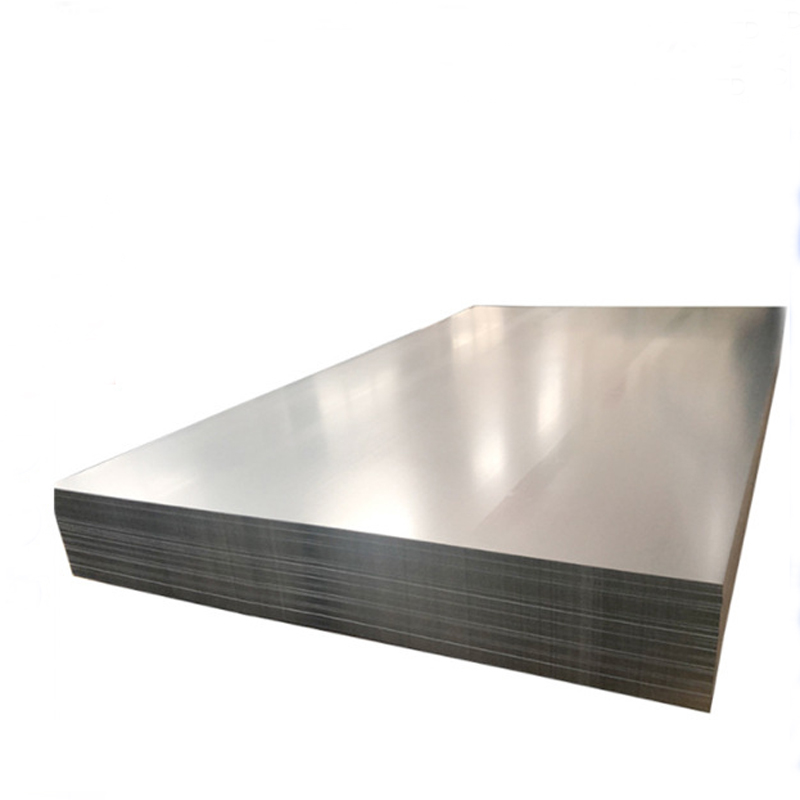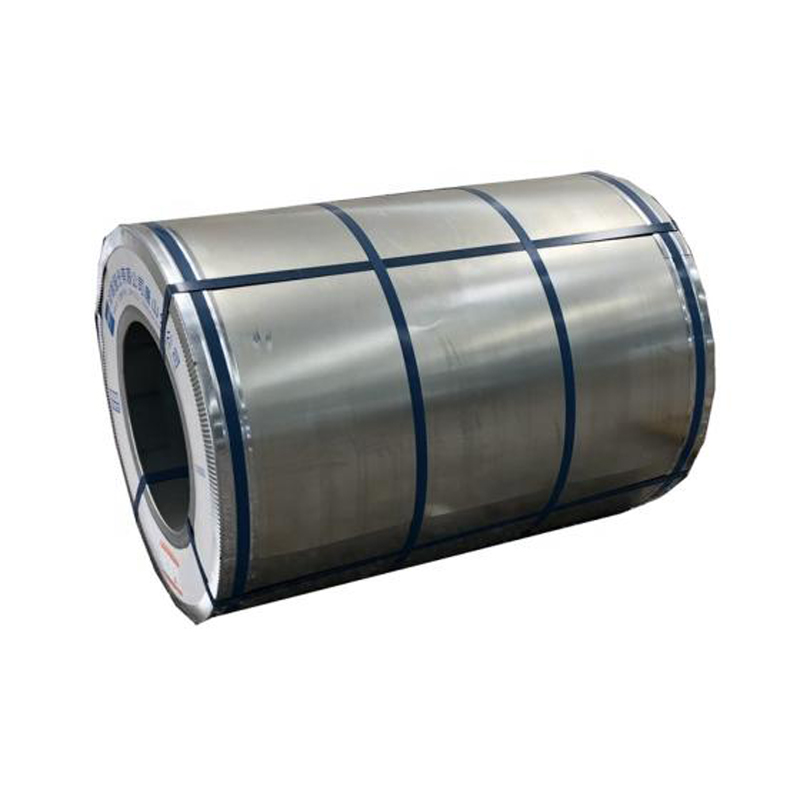

introduce
310S stainless steel is an austenitic chromium-nickel stainless steel with excellent oxidation and corrosion resistance. Due to its high proportion of chromium and nickel elements, 310S stainless steel has better creep strength, can continue to operate in high temperature environments, and exhibits good high temperature resistance.
310S stainless steel chemical composition
The chemical composition of 310S stainless steel plays a vital role in its superior performance and versatility. This type of stainless steel is mainly composed of iron and contains a large amount of chromium and nickel as alloying elements.
310S stainless steel is a high-alloy stainless steel whose chemical composition is as follows:
C:≤0.08,
Si:≤1.500,
Mn:≤2.00,
P:≤0.035,
S:≤0.030,
Ni:≤19.00-22.00,
Cr :≤24.00-26.00
The precise chemical composition of 310S stainless steel ensures durability, reliability and performance in a wide variety of industrial applications where the strength meets extreme conditions without compromising quality or longevity
Mechanical properties of 310S stainless steel
310S stainless steel is a high-alloy stainless steel with excellent heat resistance and corrosion resistance. The following are the general mechanical properties of 310S stainless steel:
Tensile strength (бb) (Mpa): ≥520
Yield strength (σs) (Mpa): ≥205
Area reduction (ψ)% :≥50
HB≤187 Can withstand high temperature above 1150℃.
Melting point at 1398°C~1454°C
310S stainless steel physical properties
310S stainless steel is a high-alloy stainless steel material with excellent physical properties. The following are the main physical properties of 310S stainless steel:
Density: The density of 310S stainless steel is about 7.9 grams per cubic centimeter, which is similar to other stainless steel materials.
Melting point: The melting point of 310S stainless steel is about 1400-1450 degrees Celsius, which is higher than that of general stainless steel materials.
Welding of 310S stainless steel
Welding is an important aspect of stainless steel processing, and 310S stainless steel is no exception. It has excellent solderability, making it a popular choice for a variety of applications.
One of the key properties of 310S stainless steel is its low carbon content. This reduces the risk of carbide precipitation during welding, which can lead to intergranular corrosion. In addition, its high chromium and nickel content provides good resistance to oxidation and scaling at high temperatures.
When welding 310S stainless steel, low heat input methods such as TIG (tungsten inert gas) welding or MIG (metal inert gas) welding are recommended. These processes help minimize deformation and prevent excessive heat from affecting the material’s properties.
In some cases, it may be necessary to preheat the base metal before welding to ensure proper fusion and avoid cracking. Post-weld annealing is also beneficial in restoring mechanical properties lost due to heat exposure during welding.
It is important to select a suitable filler material for welding 310S stainless steel, such as AWS A5.9 ER310 or similar alloys. These fillers provide good strength and corrosion resistance in high temperature environments.
By taking proper technique and precautions during welding, strong and durable welds can be achieved on 310S stainless steel while maintaining its ideal properties for a wide variety of industrial applications
Heat Treatment of 310S Stainless Steel
Heat treatment is an important process in the manufacturing process of 310S stainless steel. This heat-resistant alloy undergoes various treatments to enhance its mechanical properties and improve its performance in high-temperature environments.
One heat treatment method commonly used for 310S stainless steel is annealing. During annealing, a material is heated to a specific temperature and then slowly cooled. This process helps relieve internal stress and increases the ductility and toughness of the alloy.
Another heat treatment technique for 310S stainless steel is solution annealing. In this process, the material is heated to a higher temperature than conventional annealing and then rapidly cooled or quenched. Solution annealing removes carbide precipitation that may occur during welding or high temperature exposure.
Machinability of 310S stainless steel
310S stainless steel is a high-alloy heat-resistant stainless steel with good corrosion resistance and high strength. It has some special properties and challenges in machining.
High hardness: 310S stainless steel has relatively high hardness, which makes cutting more difficult. Using proper cutting tools and cutting data can reduce cutting forces and prolong tool life.
High plasticity: Although 310S stainless steel has high hardness, it also has good plasticity. This means that it can produce larger chips during the cutting process, and care should be taken to remove the chips in time to avoid affecting the cutting process and surface quality.
High thermal conductivity: 310S stainless steel has good thermal conductivity, which may lead to an increase in temperature in the cutting area. During the cutting process, appropriate cooling measures should be taken, such as using coolant or cutting fluid to reduce the temperature and improve cutting efficiency.
Difficult to cut: Due to the high hardness and high plasticity of 310S stainless steel, it wears more on cutting tools. Therefore, choosing the right cutting tool material and coating can improve cutting efficiency and tool life.
High weldability: 310S stainless steel is usually used for welding applications under high temperature rings. Before cutting, care needs to be taken to avoid excessive heating or damage that will affect the performance of the weld.
Generally speaking, the machinability of 310S stainless steel is poor, but by selecting appropriate cutting tools, cutting parameters and cooling measures, it can be effectively cut and processed, and satisfactory processing results can be obtained.
Corrosion resistance of 310S stainless steel
Corrosion resistance is one of the most important properties of 310S stainless steel. The alloy has excellent oxidation resistance at high temperatures and is suitable for heat exchangers, furnaces and other applications involving extreme heat. In addition, 310S stainless steel exhibits good corrosion resistance in various corrosive environments such as acids, alkalis, and chloride solutions.
The high chromium content in 310S stainless steel forms a protective oxide layer on the surface of the material that helps prevent corrosion and enhances its overall durability. This makes it ideal for chemical processing, oil and gas, food processing equipment manufacturing, and many other industries that require materials that can withstand harsh conditions.
Additionally, the addition of nickel to 310S stainless steel increases its resistance to attack by sulfidation and other forms of reducing agents containing sulfur compounds. This characteristic makes it ideal for use in environments where there is frequent exposure to sulfurous gases or liquids.
Application of 310S stainless steel
310S stainless steel is a versatile material that has applications in various industries due to its excellent properties. One of the highlights of this grade is the high temperature environment. Its ability to withstand extreme heat makes it ideal for use in furnaces, kilns, and other heat processing equipment.
In the chemical industry, 310S stainless steel is widely used to deal with corrosive substances such as acid and alkali. Its excellent corrosion resistance ensures long-term durability and reliability when exposed to aggressive chemicals.
The aerospace industry also benefits from the use of 310S stainless steel. It is used in components such as exhaust systems, turbine blades and afterburners due to its high strength-to-weight ratio and resistance to oxidation at high temperatures.
Another important application of 310S stainless steel is the manufacture of heat exchangers. These devices are essential to efficiently transfer heat between two fluids without any mixing or contamination. The excellent thermal conductivity and corrosion resistance of 310S make it an excellent choice for such demanding applications.
Furthermore, this grade finds application in the food processing industry due to its hygienic properties. Equipment such as ovens, conveyor belts, mixers and storage tanks are often made of 310S stainless steel as it does not impart any unwanted taste or odor to the final product.
Due to its impressive properties including heat resistance, corrosion resistance and mechanical strength; 310S stainless steel plays a vital role in countless applications across multiple industries

